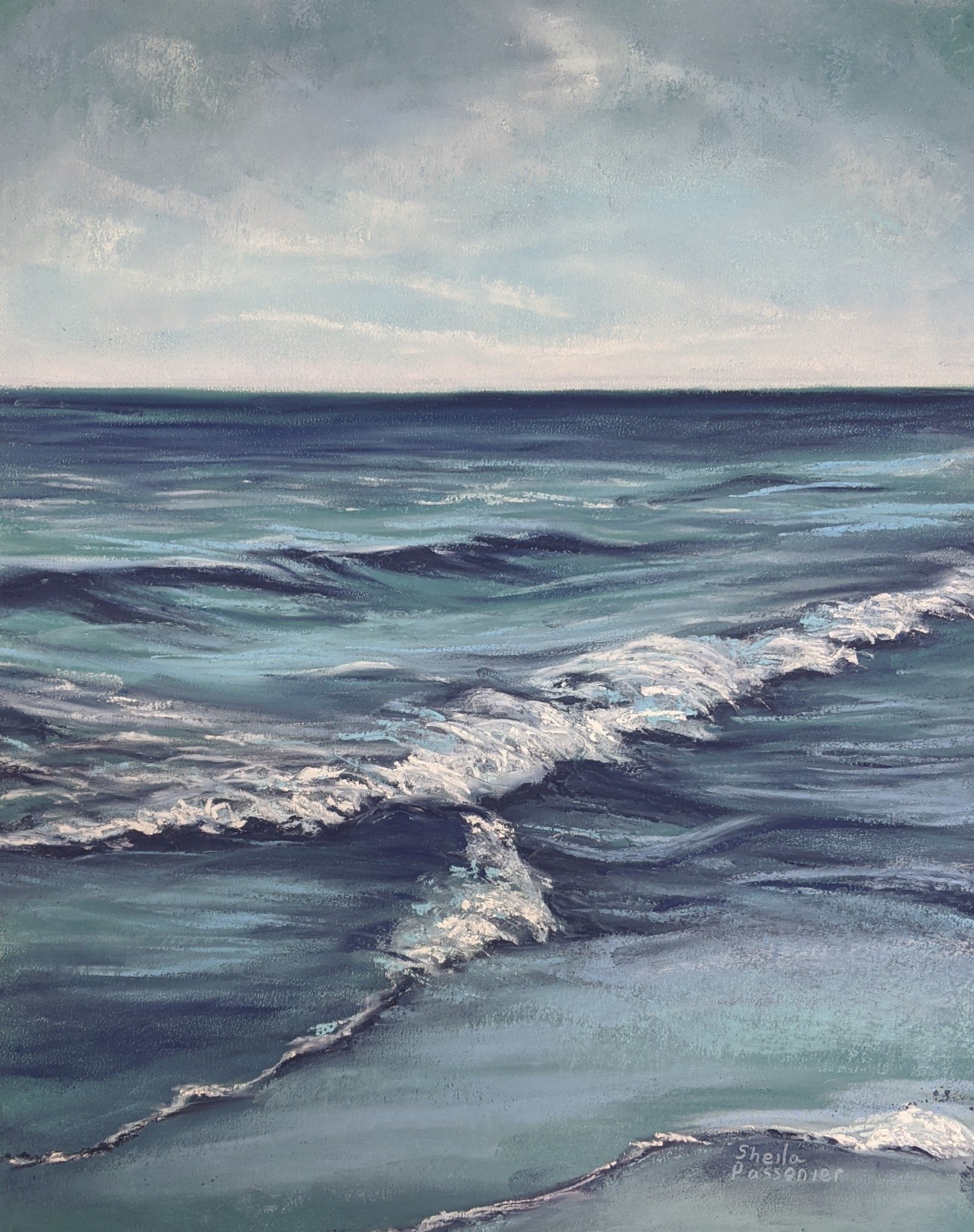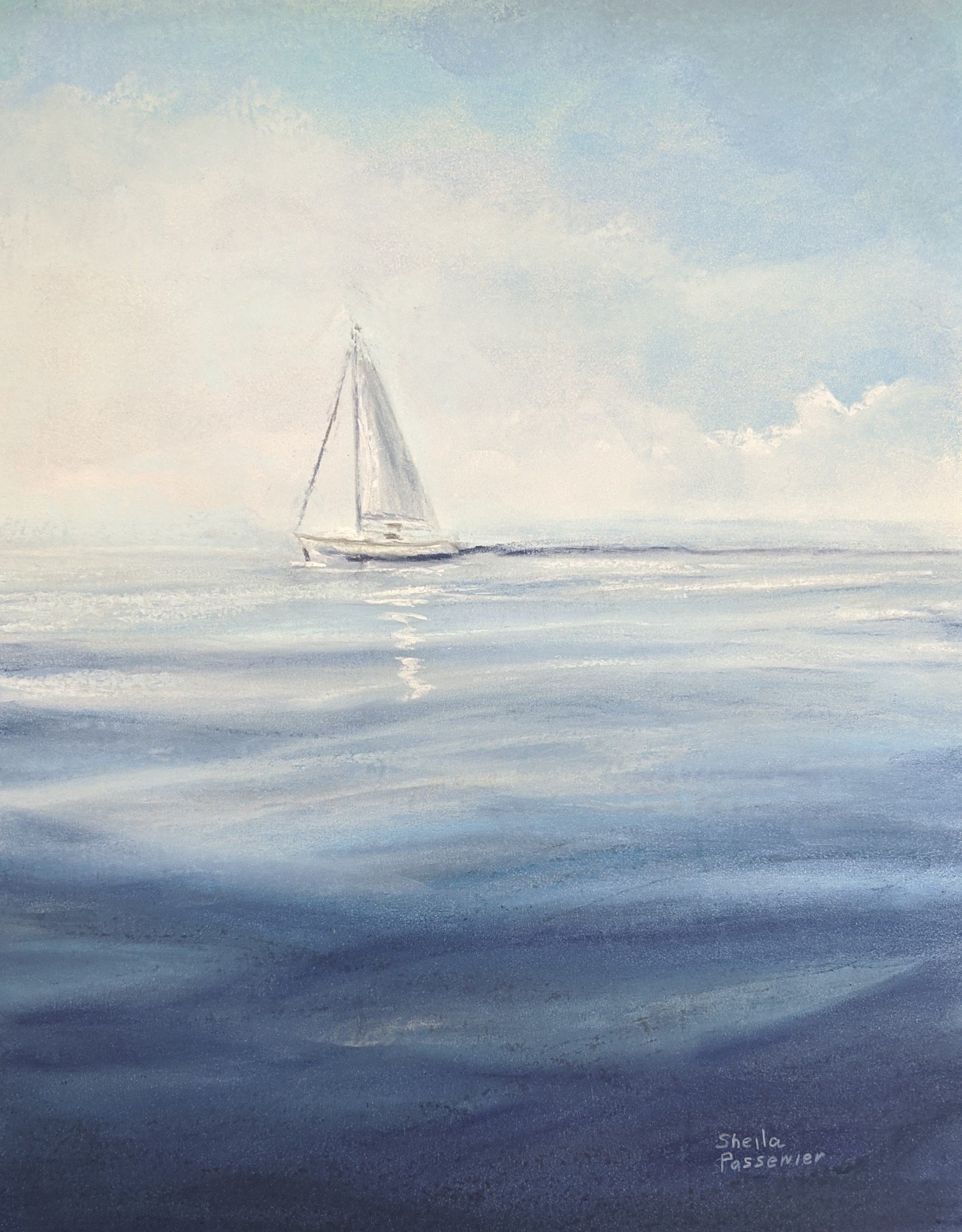Introduction to Soft Pastels
with Sheila Passenier
Dive into the world of pastels and learn how to capture the beauty of nature with this unique medium.




The More you Know:
Soft pastels offer a versatile and engaging medium for artists of all levels. With their vibrant colors and ability to blend seamlessly, soft pastels are a great tool to explore and express your creativity.
What Are Soft Pastels?
Soft pastels are often misunderstood, so let’s clarify: they are not chalks. Unlike blackboard or pavement chalks, which contain chalk, soft pastels consist of pure pigment mixed with a binder. This combination results in a dry, crumbly medium that offers a rich, velvety texture and exceptional color vibrancy.
Composition and Feel
Soft pastels are created by blending pigment with water and an artificial binder. They have a smooth feel, akin to chalk, but provide a much broader range of colors and textures. The dry nature of soft pastels allows for easy blending, making them ideal for creating rich, vibrant portraits and expressive artwork.
Types of Pastels
There are several styles of pastels to explore:
Soft Pastels: Best for blending and vibrant colors.
Hard Pastels: Offer crisper lines and can be used for detailed work.
Oil Pastels: Made with a binder of oil and wax, these are more durable and creamy, with a slightly greasy texture. They can add a contrasting quality to soft pastels when layered together.
Combining Techniques
Experimenting with different pastel types can yield exciting results. For instance, using hard pastels can provide defined edges, while pastel pencils can add fine details to your soft pastel pieces. Incorporating oil pastels can introduce a unique, waxy texture that enhances your artwork.
Best Paper for Soft Pastels
Choosing the right paper is crucial. Rough or cold-pressed watercolor paper is ideal as its texture holds pastel marks effectively. The combination of soft pastels and watercolor can create beautiful, layered effects, allowing for both powdery textures and vibrant washes.
Protecting Your Artwork
Once you've created your masterpiece, protecting it is essential. Use glass or acrylic frames to shield your work from dust and damage. Alternatively, apply a few thin layers of fixative or spray varnish. Always test these products on a separate piece to ensure they don’t alter the colors.
Tips for Success
Experiment: Don't be afraid to try different techniques and combinations of pastels.
Practice Blending: Work on blending colors to create gradients and depth in your work.
Layering: Build layers gradually for richer textures and effects.
Clean Your Workspace: Pastels can create a lot of dust; keep your area tidy to avoid contamination.

